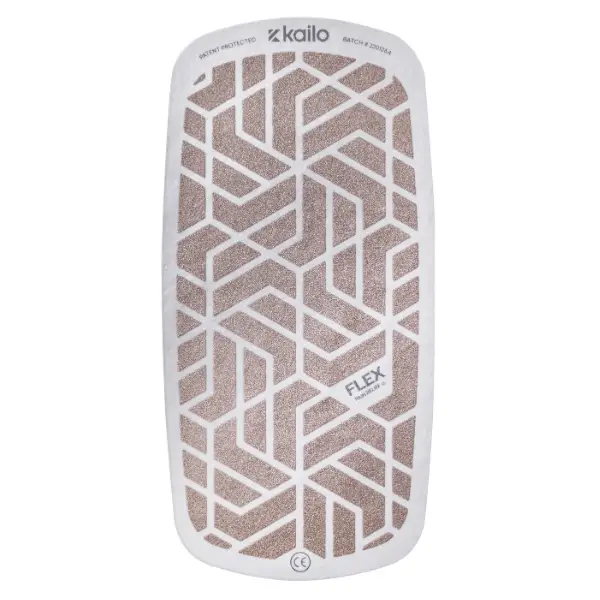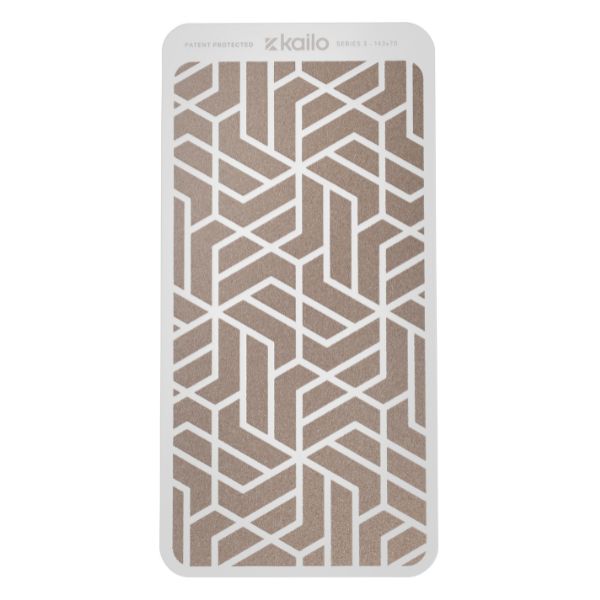

The medical community is constantly searching for creative topical pain relief solutions to replace oral pain medications. The opioid crisis describes an ongoing battle against the addiction to and abuse of pain relievers, including those prescribed by doctors. Prescription pain medications claimed over 14,000 lives in 2019 and more than 16,000 in 2020. Overall, they account for about 1 in 5 opioid-related deaths.
However, not all pain is musculoskeletal. Chronic pain often results in nerve pain, inflammation, and referred pain that is harder to address. In these cases, adhesives may be the solution to finding relief.
Using KT tape vs. adhesives, like the Kailo patch, is an ongoing debate among therapists looking to provide their patients with pain relief. Keep reading to learn more about these innovative solutions to determine your best option for pain relief.
KT Tape: Uses & Benefits
The main component of KT tape that makes it so helpful in supporting fitness activities is the ability to stretch. Kinesio tape is made with a proprietary blend of cotton and nylon. The material mimics the stretchiness of your skin so that it doesn’t limit your range of motion.
Often, inflammation and injuries are accompanied by bruising or swelling, in which case the added space provided by KT tape will result in pain relief and swelling reduction. Other benefits of KT tape include injury recovery, postural correction, and pregnancy support.
Applying KT tape requires precise placement since it’s applied along myofascial lines. Therefore, you should consult with your doctor or physical therapist before using it.
Medical Adhesives: Uses, & Benefits

Medical adhesive is a term that describes many different types of medical tape, including the micropore paper tape that typically holds bandages and dressings to the skin. You can also use this term to describe patches containing anti-inflammatory ingredients (like menthol or capsaicin) thought to mask pain signals.
Advanced microtechnology has allowed adhesives like the Kailo patch to surpass KT tape for pain relief. The Kailo adhesive is a topical pain-relief patch made of tiny capacitors designed to relieve pain in seconds. It’s theorized to work by interfering with your body’s electrical system. This technology uses billions of micro-capacitors made from copper, silver, and silicon on a laminate film.
This easy-to-apply and convenient pain relief solution is an innovative new way to deal with pain. A clinical study showed that 97% of people prefer Kailo tape to oral medications for pain with no potential side effects. Studies on its effectiveness are ongoing, and Kailo patches are a pain relief solution worth a try for anyone dealing with chronic pain.
Instead of functioning like KT tape, scientists theorize that Kailo patches work by interfering with the body’s electrical system. Studies also show that Kailo tape provides an easy solution for many types of pain, from musculoskeletal pain in the tendons, ligaments, and muscles to neurological pain such as nerve pain and carpal tunnel. In addition, patients who used the Kailo tape reported improved quality of life, sleep, mood, and relationships.
KT Tape vs. Kailo Patch: Which Works Best for Pain?
Dealing with Pain
The advanced materials and increasing effectiveness of the Kailo patch make it a viable alternative to opioids. It uses state-of-the-art microtechnology to stop unnecessary pain signals from reaching the brain, and it’s designed to provide instant relief. The Kailo patch also treats all types of pain, from musculoskeletal to neurological, so why not buy yours today?
Disclaimer: Kailo should not be used if you have a pacemaker or if you are pregnant. Always consult your doctor or health care professional before using Kailo.









